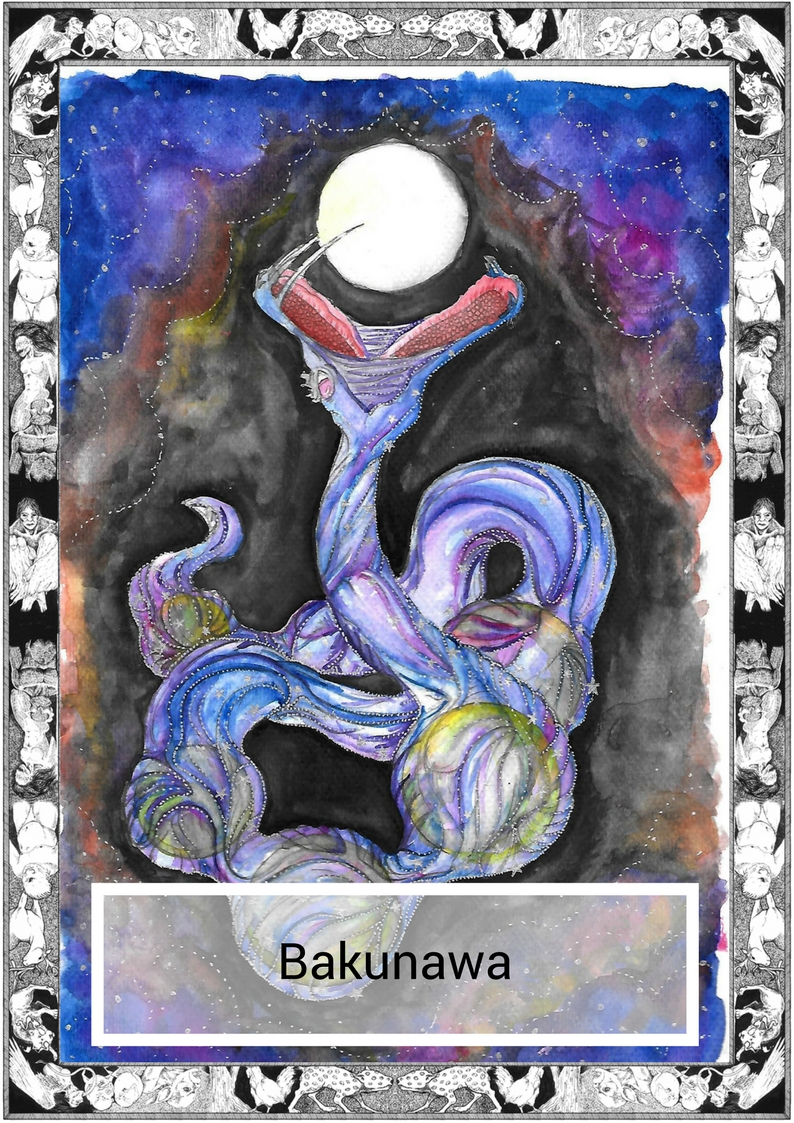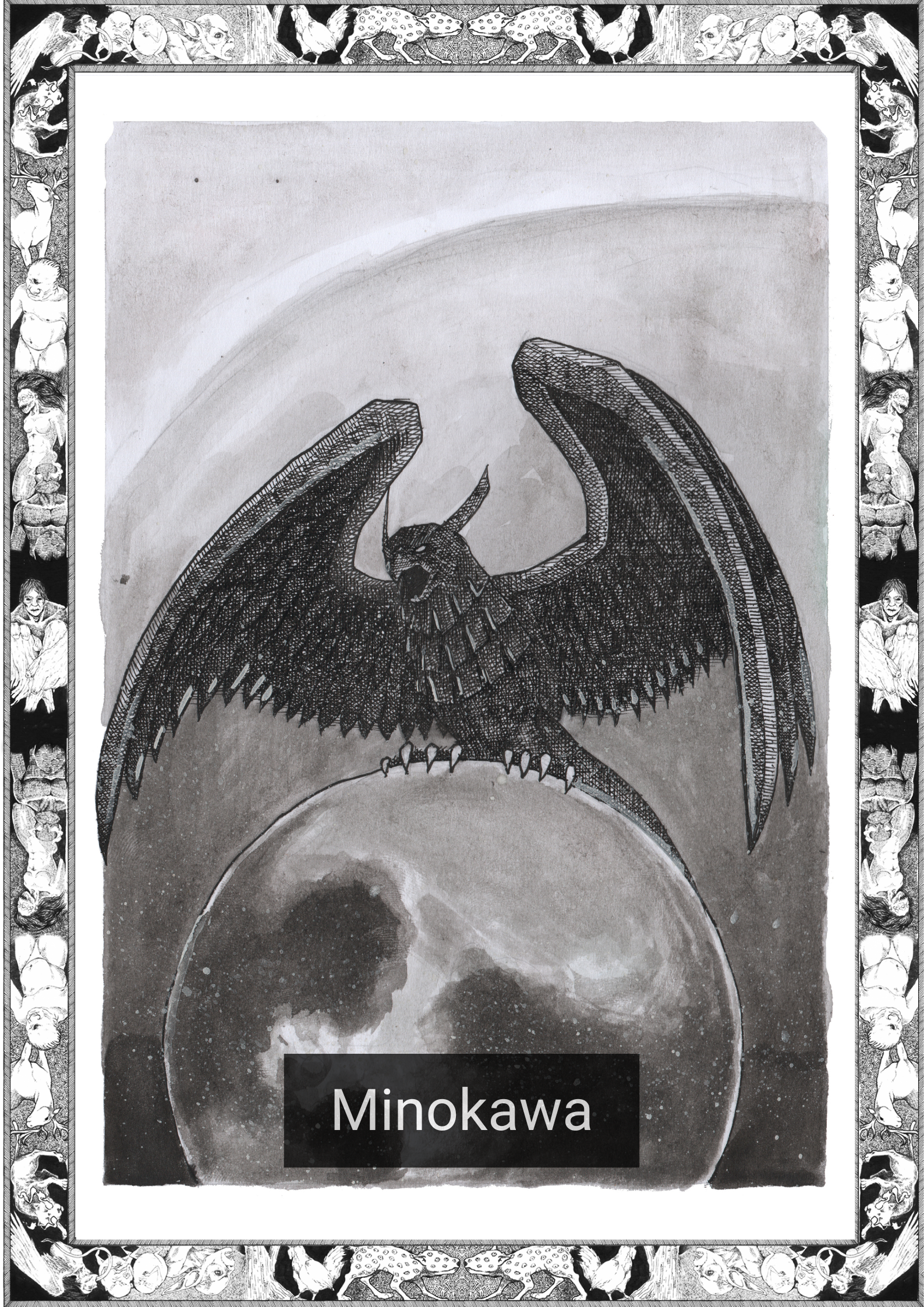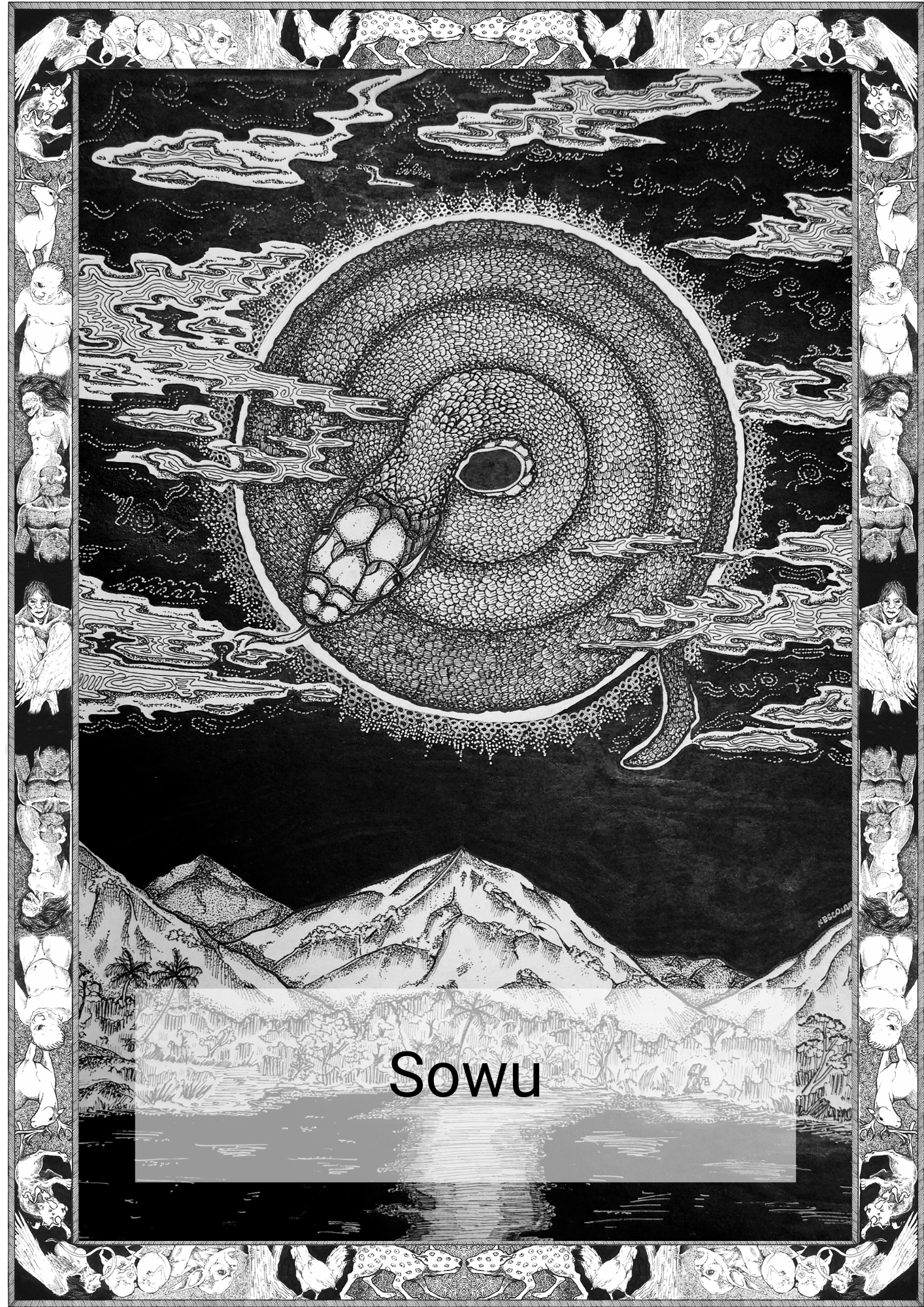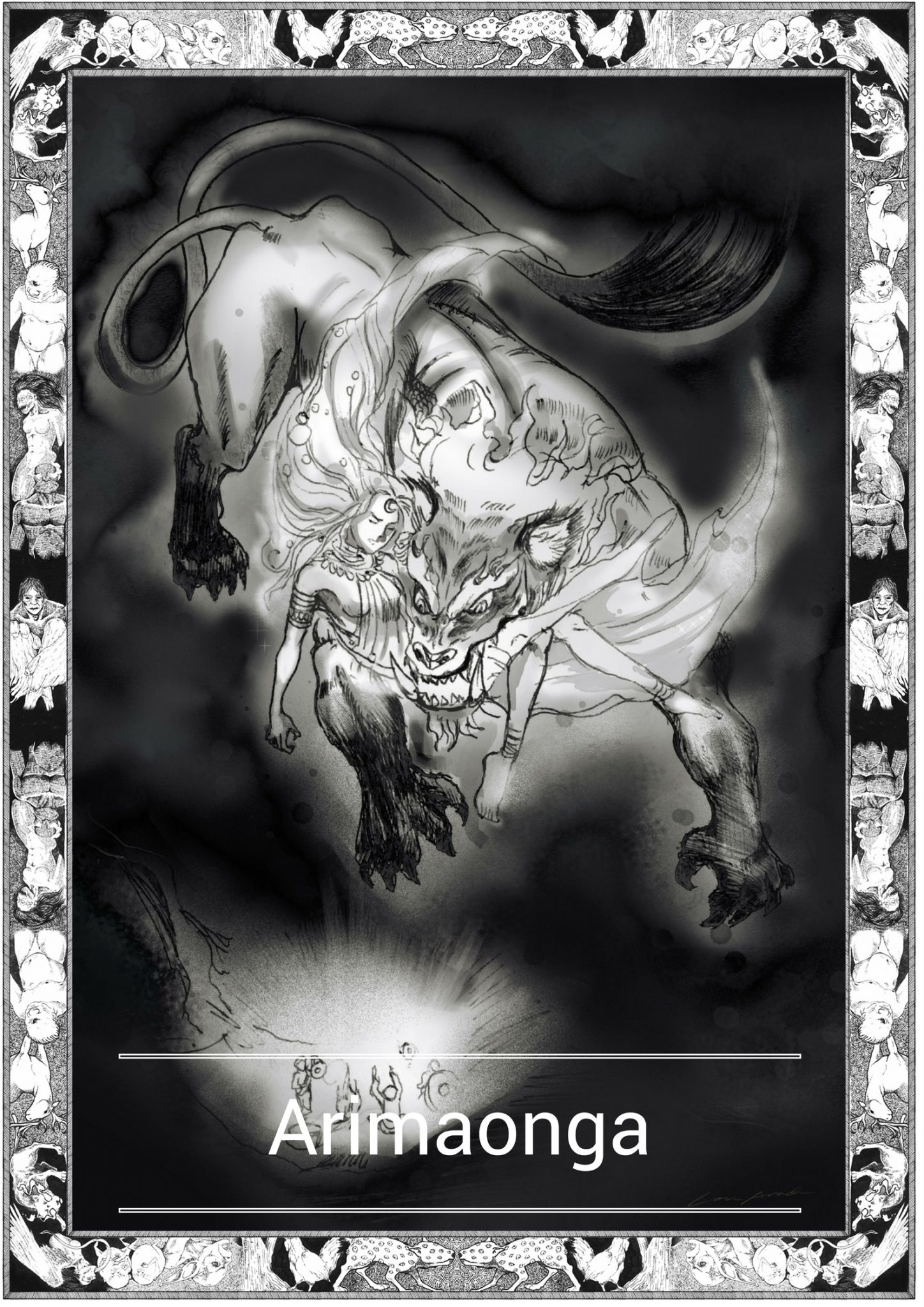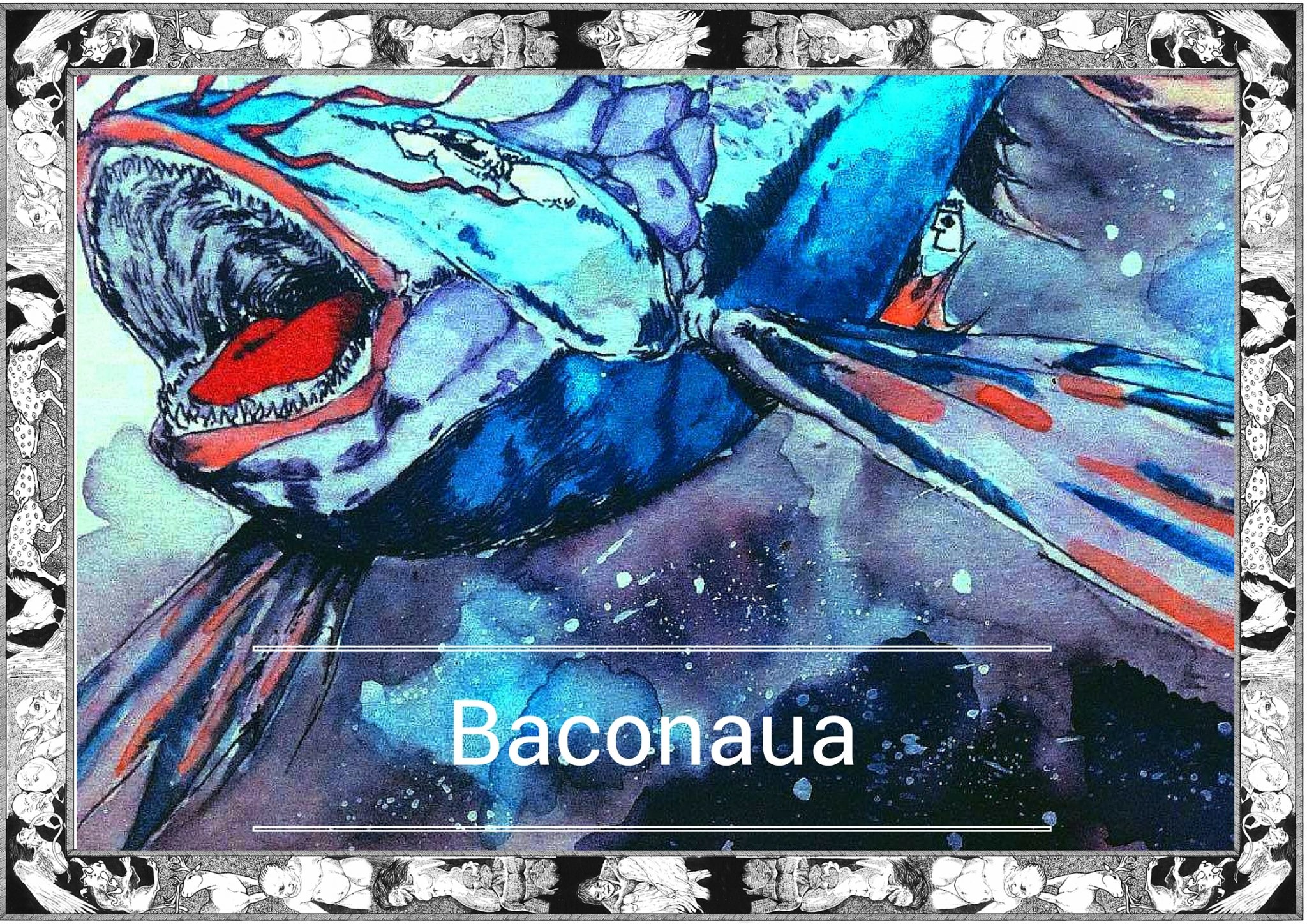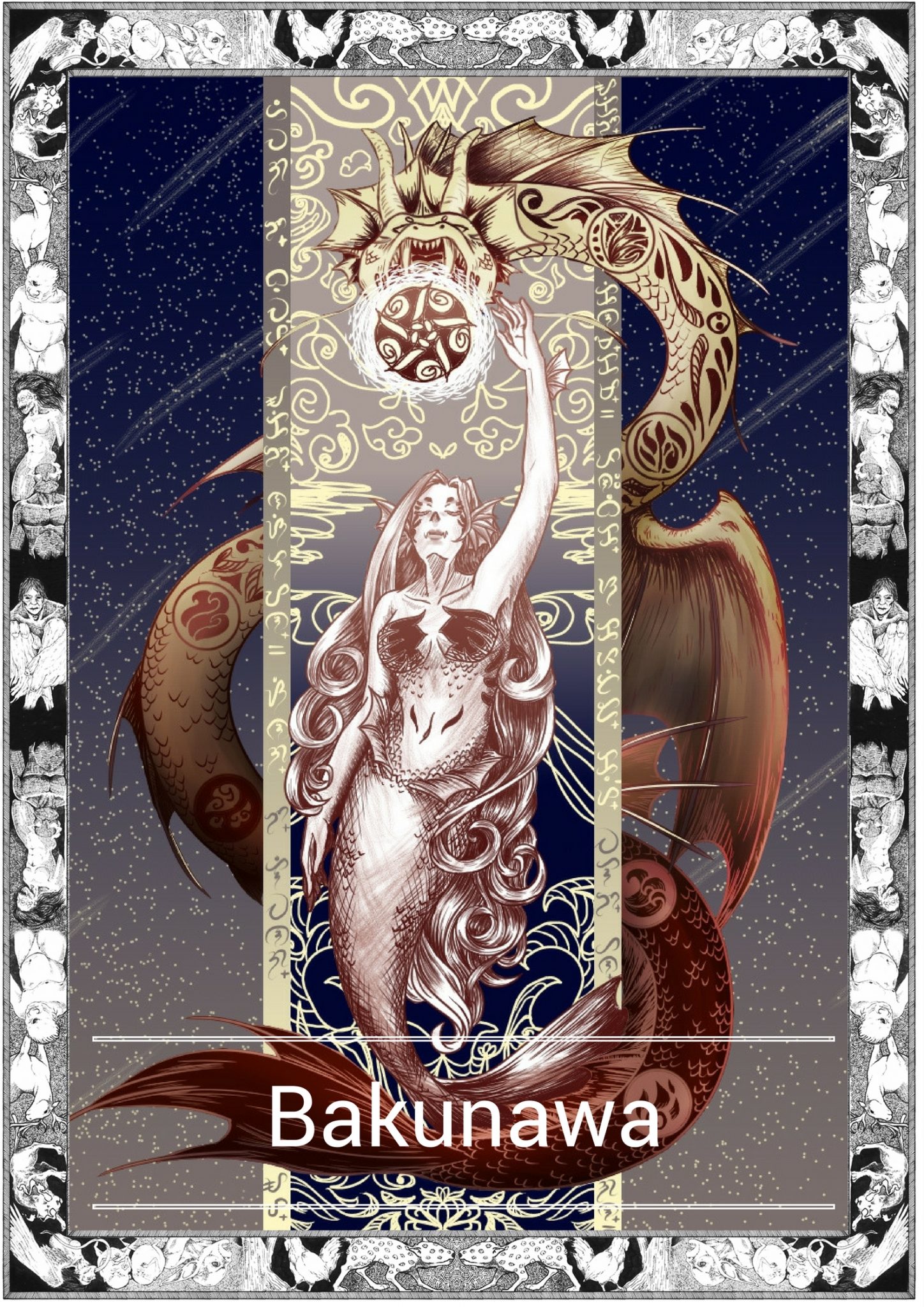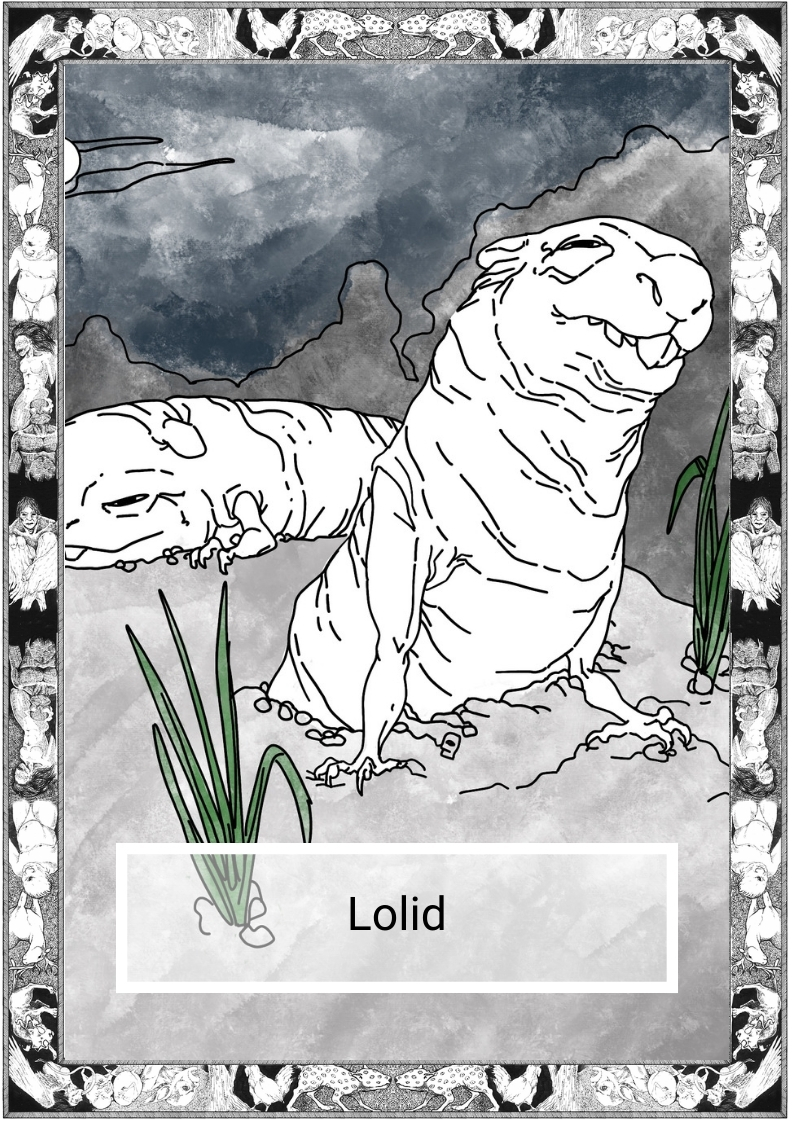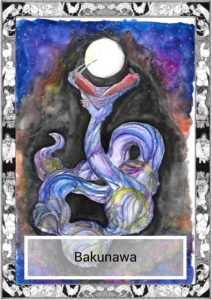
*Annotation
Translation:
The translation hews as close as possible to the original English text, while considering the language and stylistics appropriate to the genre. It uses literary Filipino/Tagalog, without necessarily identifying itself as the Tagalog of a particular dialect or period, while not necessarily grounding itself on the larger scope of Filipino as a language, including “ang bagong ortograpiyang Filipino.”
Transcription:
1. The Filipino/Tagalog text was transcribed into baybayin using one among the many available calligraphic styles existing for the system. It grounds itself on traditional, not ‘modern’ baybayin syllabary, to match the texts stylistically.
2. Transcription follows the traditional rules of baybayin, considering especially the syllabic phonetic framework of word formation. hence, as an example, ‘mga’ when transformed into its baybayin equivalent, will have letters that actually read as “manga” without the spelling silencing (pinudpod) the ‘ma’ of the letter m.
3. For the reading ease of contemporary readers and in order to make the text more accessible, considering layout as well, the baybayin text as appears here is to be read from left to right and from top line to bottom line, as among the many styles used for the direction of baybayin reading-writing.
Content:
1. The Filipino/Tagalog translation maintains the neutral siya/nito/niya/ito reference to pronouns s/he, him/her, his/hers in English;
2. the Bakunawa is referred to as dragon, ahas, mala-ahas na dragon interchangeably;
3. Buwan is used as a proper term for the singular and the group/collective moon/s of the sky as reified. Hence, reference to buwan as a period of time (months) is avoided.













=—————————————————————-=
*Tagalog is an Austronesian language spoken as a first language by a quarter of the population of the Philippines and as a second language by the majority. Its standardized form, officially named Filipino, is the national language of the Philippines, and is one of two official languages alongside English.
**Baybayin (Tagalog pronunciation: [baɪbaˈjɪn]; also incorrectly known as alibata) is a Philippine script. It is an alphasyllabary belonging to the family of the Brahmic scripts. It was widely used in Luzon and other parts of the Philippines prior to and during the 16th and 17th centuries before being supplanted by the Latin alphabet during the period of Spanish colonization.
Written by Karl Gaverza
Translation and Transcription by Rosella S Moya-Torrecampo
Copyright © Karl Gaverza
Translation and Transcription Copyright © Rosella S Moya-Torrecampo
Adapted from ‘The Moon and the Bacunawa’ in Philippine Folk Literature: The Myths. Eugenio. 2001.
Watercolor by Tara Singson
IG: https://www.instagram.com/tarabell93/














